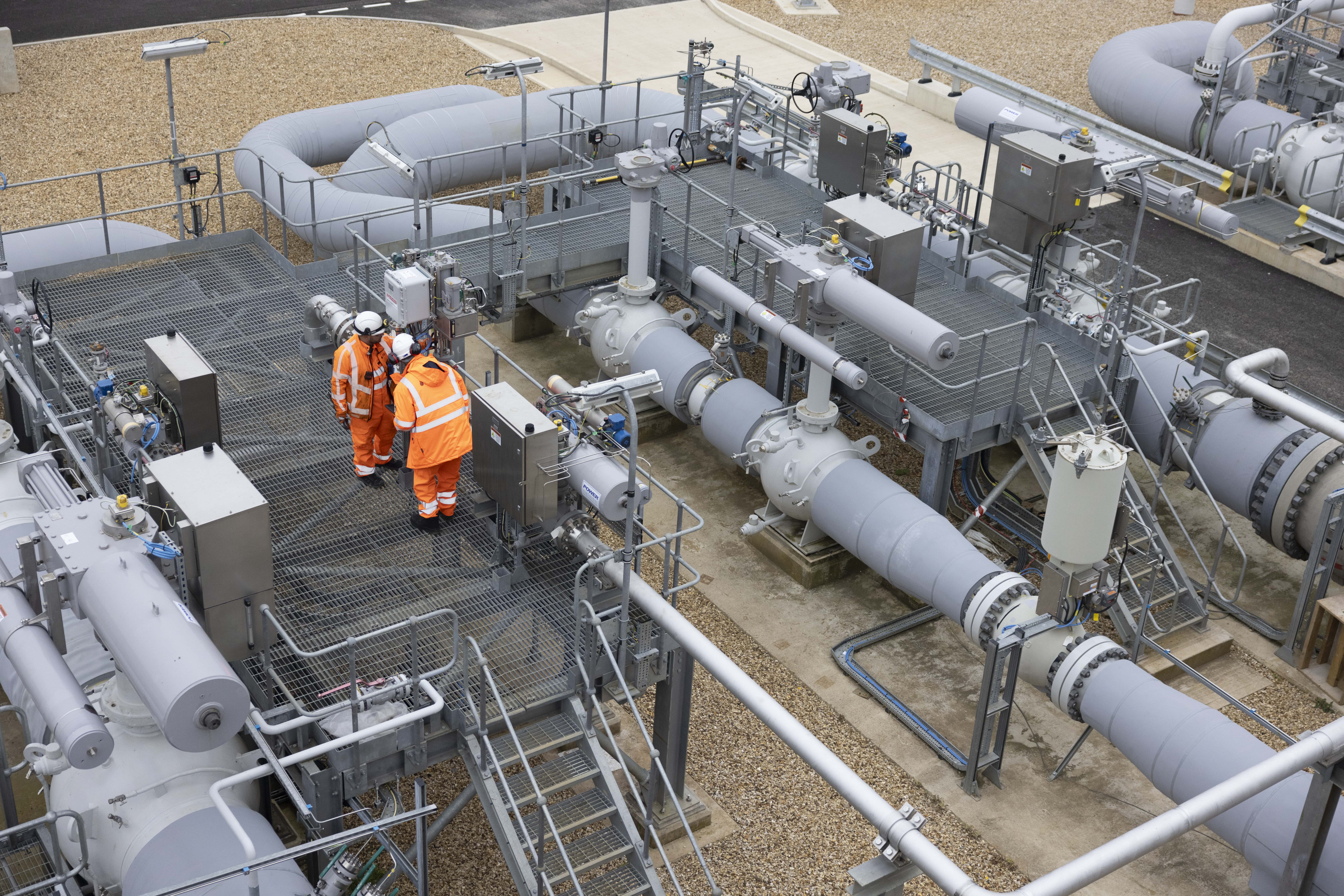INNOVATION
Innovation project hub
Explore our latest innovation projects and meet the people who make them happen…
Our innovation projects
To access information on all of our current innovation projects, please visit the Energy Networks Association (ENA) portal.
HyNTS Programme
The programme is building evidence for the hydrogen safety case and network capability for transporting hydrogen, leading to Project Union. HyNTS FutureGrid is our high-pressure hydrogen test facility, used to demonstrate that the National Transmission System (NTS) can transport hydrogen safely and reliably.
CO2EXIST Programme
Building evidence for the carbon safety case and network capability for transporting carbon, leading to SCO2T and Project CO2nnect – projects to enable carbon capture and storage to reduce carbon emissions from industrialised areas of Britain.
Explore our innovation themes:
1. Asset development for risk mitigation
Led by Matt Hammond, this theme investigates how the NTS will be transitioned to net zero energy sources and the impact this will have on investments, construction and the operation of these networks.
“Innovation is key to developing the transmission system for transporting hydrogen. The use of innovative techniques and technologies will allow us to repurpose our assets where possible, ensure new assets are fit for purpose, and enable safe operation and maintenance of our future hydrogen transmission system.”
Matt Hammond & Ben Williams
Current projects:
- NIA: Hydrogen Production Technology for Use on the NTS
- NIA: Hazardous areas for AGIs in hydrogen service
- NIA: Safe venting and re compression of hydrogen
- SIF: SGN – Velocity design with hydrogen
- SIF: SGN – predictive safety interventions
- NIA: CH4rge
- SIF: CH4rge feasibility
- UIOLI: NZASP Ch4rge
- NIA: hydrogen fuel gas for GTs – emissions impact
- NIC: FutureGrid
- NIA: risk assessment methodologies 2021-2026
- NIA: NTS materials testing to enable hydrogen injection
- NIA: FutureGrid 5% hydrogen testing
- NIA: hydrogen as a fuel gas for NTS compressors
- NIA: variable hydrogen blend compression
- SIF: HyNTS compression
- NIA: impact of hydrogen and hydrogen blends on linepack

2. Automation and measurement
This theme is led by Alistair Carvell and aims to determine the optimum systems to use for measuring and inspecting our networks, using autonomous and robotic systems where appropriate.
“The introduction of hydrogen into our network, in its pure form or blended with natural gas, alters the physical characteristics of the gas in our pipelines. Traditional technologies used on the NTS don’t have the required capability to measure or sense new hydrogen blends. Therefore, innovation is required in automation and measurement to allow us to manage a hydrogen network safely and efficiently.”
Alistair Carvell & Doug Millington-Smith
Current projects:
- NIA: H2 fire and gas detection and suppression
- NIA: HyDew (impact of H2 on blended gas dewpoint)
- SIF: HyNTS pipeline dataset
- SIF: Gas analyser systems for hydrogen blends
- SIF: Hydrogen metering
- NIA: HyNTS 100% H2 metering system
- NIA: Multiple gas detection
- NIA: Precision thermography for pipeline inspection
- NIA: HyNTS variable gas blend measurement
- NIA: AGI pipework integrity monitoring for hydrogen
- NIA: Variable gas blend measurement phase 2
- NIA: Orbital Eye

3. Materials and processing
Led by Robert Best, this theme focuses on enabling our National Transmission System (NTS) assets to accept hydrogen, while delivering improved robustness and maintenance.
“Innovation is key to understanding the risks associated with repurposing the existing network for hydrogen and providing mitigation strategies, where needed. There are also opportunities to explore the use of novel materials to improve the operational efficiency of the assets in a hydrogen system.”
Robert Best & Feona Weekes
Current projects:
- NIA: Multifunctional graphene coatings
- NIA: Inhibition of H2 embrittlement
- SIF: HyNTS protection
- NIA: PRCI 2021-2026
- NIA: EPRG 2021-2026
- NIA: Assessment of legacy gas pipeline steels
- NIA: HyNTS defect fatigue behaviour
- NIA: Research the impact of hydrogen on CP & coatings
- NIA: Impact of hydrogen on NTS polymer/elastomer materials

4. Digital systems and simulation
This theme focuses on providing accessible, accurate data models of the UK energy network. Led by Sabia Sadiya, it supports the digitalisation of our network and associated assets.
“Digital systems will play a massive part in the energy transition. As the complexity of the network increases with the introduction of net-zero gases, we will need to develop novel tools to ensure we can access and manage our data and therefore the gas network. Interoperability with other energy networks and providers will be key to ensuring a robust and reliable network.”
Sabia Sadiya & Karthik Thangaraj
Current projects:
- NIA: 5G art of the possible
- NIA: Collaborative visual data twin – phase 1
- SIF: Gas network interoperable digital twin
- NIA: New pipeline AI route planning
- SIF: SGN: Gas system of the future – digital twin
- SIF: NGET: Eye in the sky
- SIF: Cadent: Digital platform for leakage analytics
- SIF: SGN: Intelligent gas grid
- SIF: NGN: Thermal imagery analysis
- NIA: Dynamic risk based patrolling
- NIA2: ESO virtual energy system

5. Business development
This theme, led by Harriet Guiry, supports the development of system and network solutions to enable hydrogen deployment by 2050 – ensuring business systems and processes are relevant for a net-zero future.
“Innovation creates change by extending the capability of technology and developing new applications. In turn, this technical advancement drives the need for innovation in supporting frameworks, such as the development of an appropriately skilled workforce. It creates the opportunity to seek out potential new business relationships.”
Harriet Guiry & Helen Dugdale
Current projects:
- SIF: Green hydrogen injection into the NTS
- SIF: Nuclear net zero opportunities
- NIA: GGG hydrogen blending infrastructure
- NIA: GGG hydrogen blending: functional spec for commercial frameworks
- NIA: Gas and elec transmission infrastructure outlook
- NIA: The role of hydrogen as an electricity asset
- NIA2: Role and value of electrolysers in low carbon GB energy system
- NIA: Energy-water Nexus
- NIA2: ESO: hydrogen thermal constraint management
- NIA: Ignition consequences
- NIA: HGR&D: common transition pathways
- NIA: HGR&D: assessment methodologies
- NIA: HGR&D: hydrogen skills and competencies
- NIA: Identification of NTS opportunities in the transport sector
- NIA: Technical and commercial impact of high pressure carbon transportation
- NIA: Hydrogen deblending feasibility
- SIF: HyNTS deblending for transport applications
- NIA: Composite membranes for H2 purification

RIIO-2 Innovation Annual Summaries
Find out more about our innovation activities and read our latest Innovation Annual Summary for 2023/24, published in July 2024.
National Gas Innovation Annual Summary 2023/24
Key innovation documents
RIIO-1 NIA Annual Summaries
Find out more about our innovation activities and read our latest Innovation Annual Summary for 2020/21, published in July 2021.
Our Stories
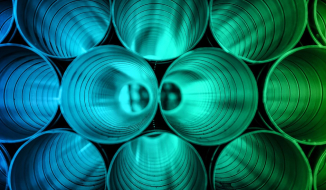
Hydrogen production technology innovation project uses advanced 3D scanning technology for first time
We’re running a project investigating the use of hydrogen production technologies to create hydrogen from methane and use this as a cleaner fuel gas on site.
Find out more
Common Planning Pathway
We're running a project exploring pathways to Net Zero across the whole energy system, including electricity, natural gas and hydrogen.
Find out more
HyNTS Compression
To meet our net zero targets by 2050, we’re exploring the feasibility of converting the NTS to carry hydrogen.
Find out more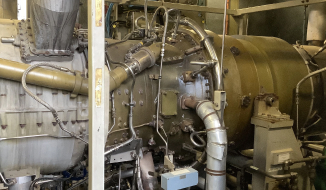
Hydrogen fuel gas for NTS compressors
We started a project in September 2021 looking at the opportunity for fuelling our existing gas turbines with hydrogen blends and 100% hydrogen, including the impacts on safety, environmental, technical, operational, and economic factors.
Find out more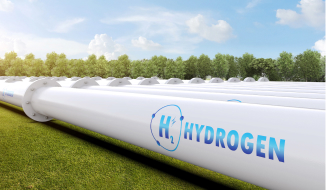
Precision thermography for hydrogen pipeline inspection
We’re running a project exploring the opportunities of using thermographic technologies as a pipeline inspection technique.
Find out more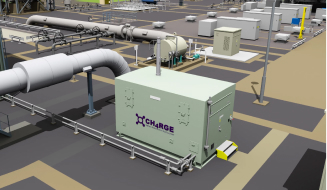
We’re working to reduce emissions across our network
We’ve been looking at ways to potentially reduce the emissions from our compressor equipment, using innovative solutions that can capture gas releases for re-use across the network.
Find out more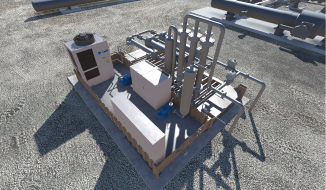
HyNTS Deblending
Through the Strategic Innovation Fund (SIF) process, we have been looking at the concept of gas separation or ‘deblending’ of the gases within the high-pressure National Transmission System (NTS) to enable delivery for transport applications.
Find out more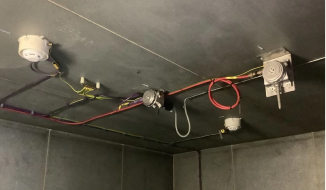
Fire and gas detection and suppression
We’re running a project looking at the potential alternatives for fire and gas detection and suppression systems for both 100% hydrogen and hydrogen blends.
Find out more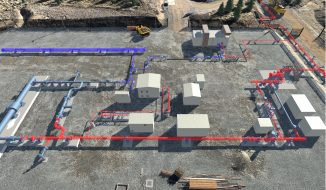
NTS materials testing to enable hydrogen injection in high-pressure pipelines
We’re running this project to evaluate the pipe grades that have been used to construct the NTS, to see how they perform with high-pressure hydrogen.
Find out more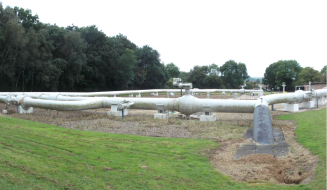
HyNTS Protection
Through the Strategic Innovation Fund (SIF) process, we’re exploring different technologies that will support a hydrogen transition by halting or reducing the rate of hydrogen permeation into gas assets.
Find out more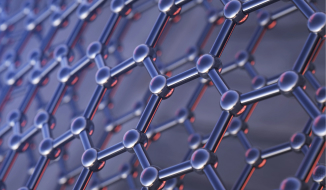
Multifunctional graphene coatings for pipeline protection
We’re running a project looking at whether we can use graphene as a protective barrier within pipelines to reduce the risk of embrittlement or as an additive to improve the performance of the paints used to protect the external surfaces from corrosion.
Find out more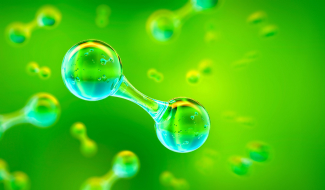
Hydrogen impact on cathodic protection and degradation of coatings
We’ve been running a project researching the impact that hydrogen blends may have on protective coating adhesion and Cathodic Protection performance.
Find out more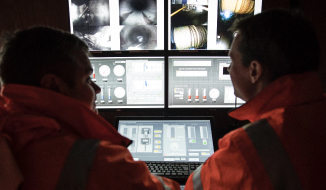
HyNTS Pipeline Dataset
Through the Strategic Innovation Fund (SIF) process, we’re exploring the opportunities to improve pipeline assessment and the available data, to help accelerate the adoption of hydrogen as a net zero energy source.
Find out more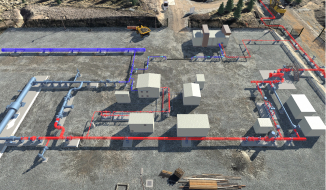
Collaborative Visual Data Twin Phase One
The introduction of hydrogen into our network adds complexity which could be managed and supported by digital tools.
Find out more
Dynamic risk-based patrolling
As we transition our network to carry hydrogen, we require our network patrolling activities to be more dynamic, so in November 2022, we started a project looking at which advanced analytics tools can be used to optimise the process.
Find out more
New pipeline AI route planning
In June 2022, we started a project looking at the ways that an AI based tool or platform could be used to enable rapid exploration of potential pipeline routing options.
Find out more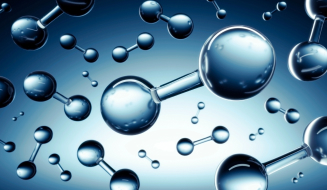
Hydrogen deblending feasibility phase two
Our hydrogen deblending feasibility phase one project was undertaken looking at the feasibility of gas separation or deblending technology.
Find out more
Hydrogen skills and competencies
We’re running a project to develop methodologies for both skills training and hydrogen competencies for the UK gas industry.
Find out more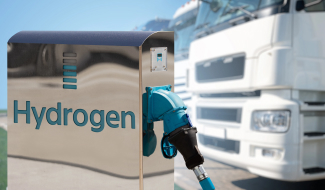
Identification of NTS opportunities in the transport sector
Hydrogen is expected to be used directly in combustion engines, fuel cells and in the creation of sustainable aviation fuel.
Find out more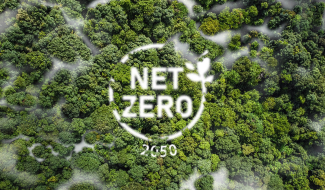
Technical and commercial impact of high-pressure carbon transportation
We’re running a project looking at the opportunity of using the gas network to provide transportation for carbon.
Find out more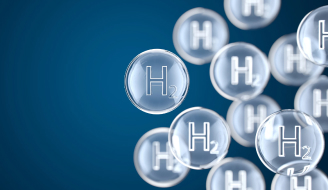
Impact of hydrogen and hydrogen blends on linepack
We're investigating the impact that 100% hydrogen and blends of hydrogen will have on linepack in the NTS.
Find out more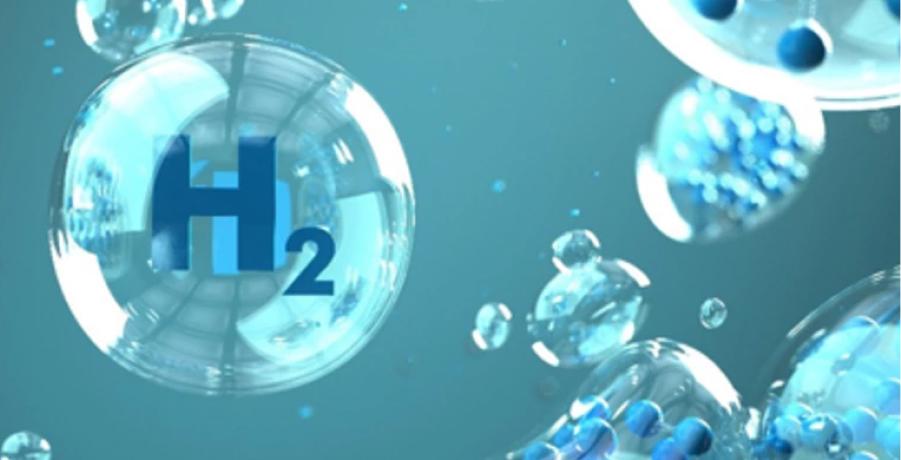
We're running a project to identify and test gas sensor technologies capable of detecting varying blends of natural gas and hydrogen.
We're running a project to identify and test gas sensor technologies capable of detecting varying blends of natural gas and hydrogen.
Find out more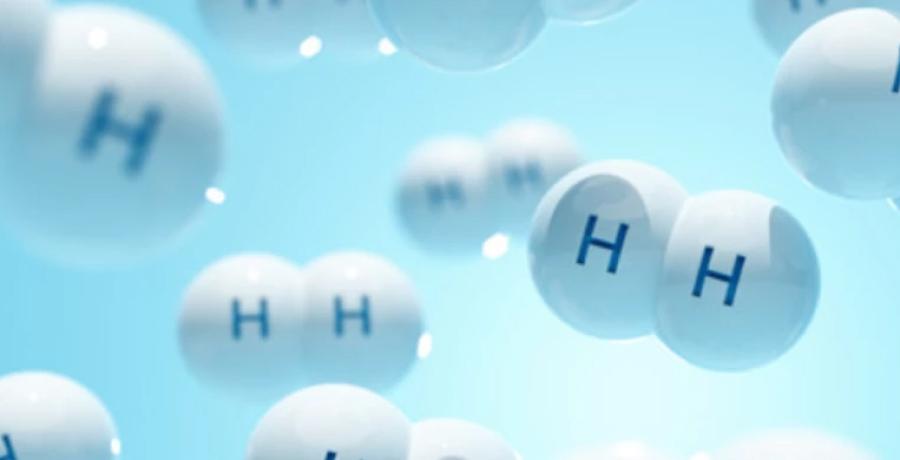
Variable gas blend measurement system development
We’re running a desktop study to assess the capability of our existing gas measurement assets when exposed to different hydrogen scenarios.
Find out more
Safe venting and recompression of hydrogen
We’re exploring the use of venting and recompression systems to capture gas emissions, for injection back into the network.

